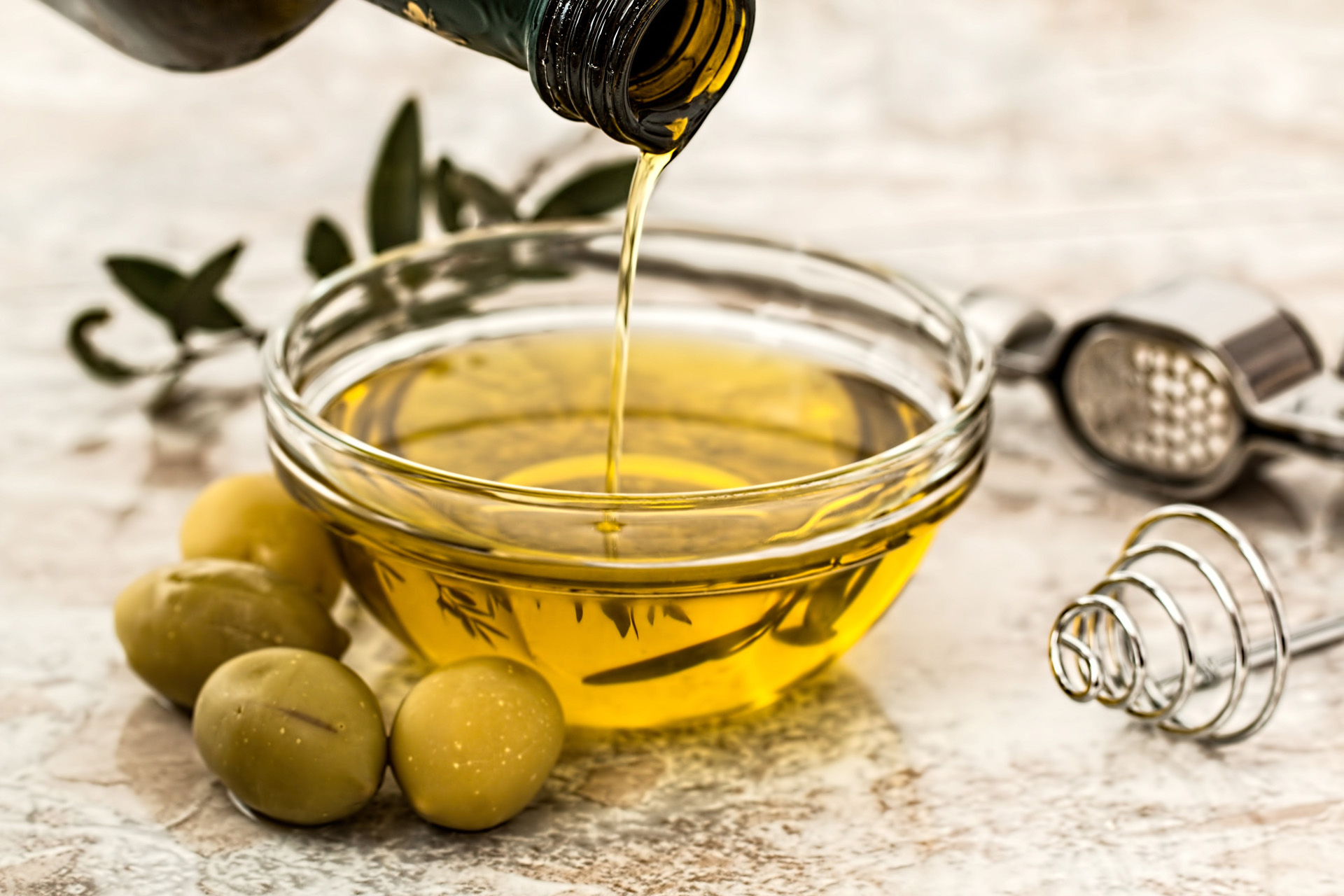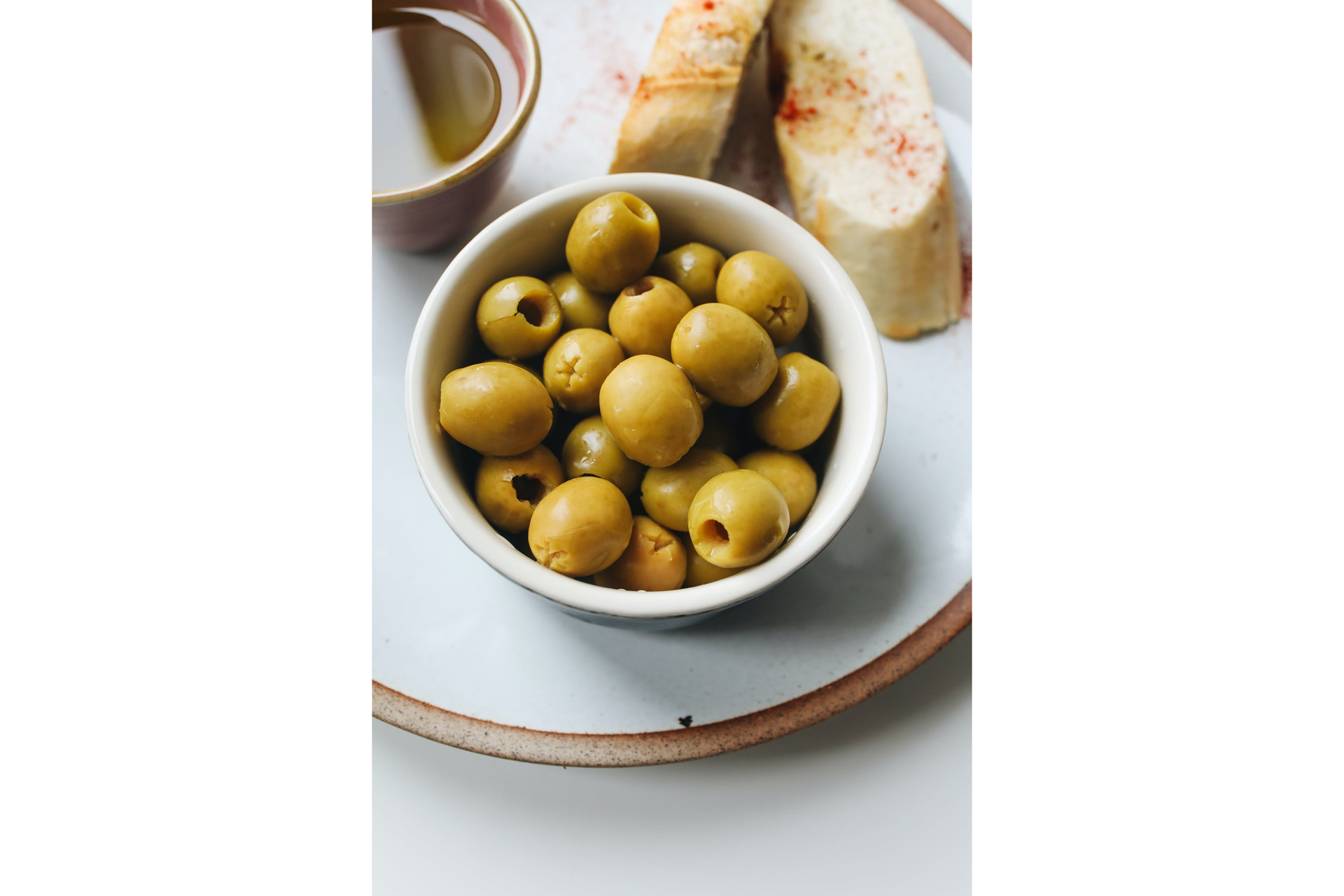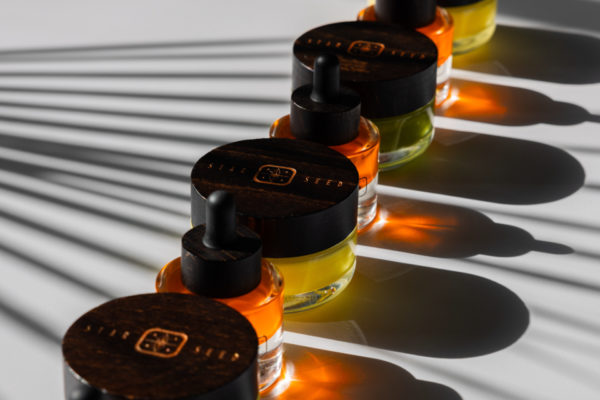Why Is Olive Oil Suddenly So Expensive?
By
1 year ago
Bread, olive oil and balsamic: once a little treat, now poised to break the bank

Have you recently been strolling the supermarket aisles, only to be confronted by a ludicrously priced plastic bottle of olive oil? You’re not imagining things: prices have increased almost 50 percent. £6 for a 500 ml bottle is a common sight (if not more) – and, amid soaring prices of most groceries and cupboard staples, it’s upsetting to say the least. But why is olive oil suddenly so expensive? Spoiler: climate change.
What’s Behind The Olive Oil Price Rises?
In short: climate change. The past decade has been riddled with difficult growing conditions for olives, with droughts making way to floods, creating unstable olive groves and a reduced yield. And when each olive producer has a smaller yield, it has a large impact across the board. Spain is the world’s largest producer of olive oil, responsible for 44 percent of the world’s supply – and 2023 saw the nation’s hottest summer on record. Other major growers like Italy, Greece and Portugal are facing similar challenges. With summers set to only get longer and hotter, the fragility of these ancient olive groves is throwing our olive oil security into question.
It might comfort you to know that the sky high price of olive oil isn’t a Brexit side effect, but an impact haunting the entirety of Europe (though the weakening British pound doesn’t help matters). According to Euro Weekly News, olive oil across Europe has hit record prices – increasing 115 percent in Spain in the space of a year (September 2022 to September 2023). And it’s an incredibly worrying topic for producers and brands, with a 14 percent reduction in people purchasing the golden liquid.
‘I saw a [one-litre] bottle of Filippo Berio oil in the shop the other day for £12.50,’ Filippo Berio CEO Walter Zanre told The Grocer. ‘If I put myself in the shoes of the consumer, I’m not sure I would spend £12.50.’

What Is The Difference Between Expensive And Cheap Olive Oil?
While all olive oil seems extortionately priced these days, premium olive oils do always come at an extra cost. Generally, this is because the oil is higher quality, whether that’s high quality fresh olives picked at peak ripeness, refined pressing methods, or even the packaging (premium oils come in dark bottles or tins to protect the oil from light damage). If you really want to get your money’s worth, look out for the following characteristics:
- Certification: Look out for certifications like EVA (Extra Virgin Alliance) or IOC (International Olive Council), which ensure the oil meets strict quality standards.
- Acidity: The best quality olive oils have very low acidity levels, typically below 0.8 percent.
- Harvest Date: As olive oil loses its flavour over time, scour the bottle for a harvest date, which should ideally sit within the last 12–18 months.
- Packaging: The best quality oils are packed in dark or opaque bottles or tins, which protect the oil from light damage.

How To Make The Most Of The Olive Oil You Do Have
If you can’t face forking out for a new bottle, it’s time to preserve the reserves you do have.
- Use a little less for cooking and dipping
- Mix it with fats from meats or with other oils
- Invest in higher-grade cold-pressed oils with a stronger flavour – so a little goes a long way.







